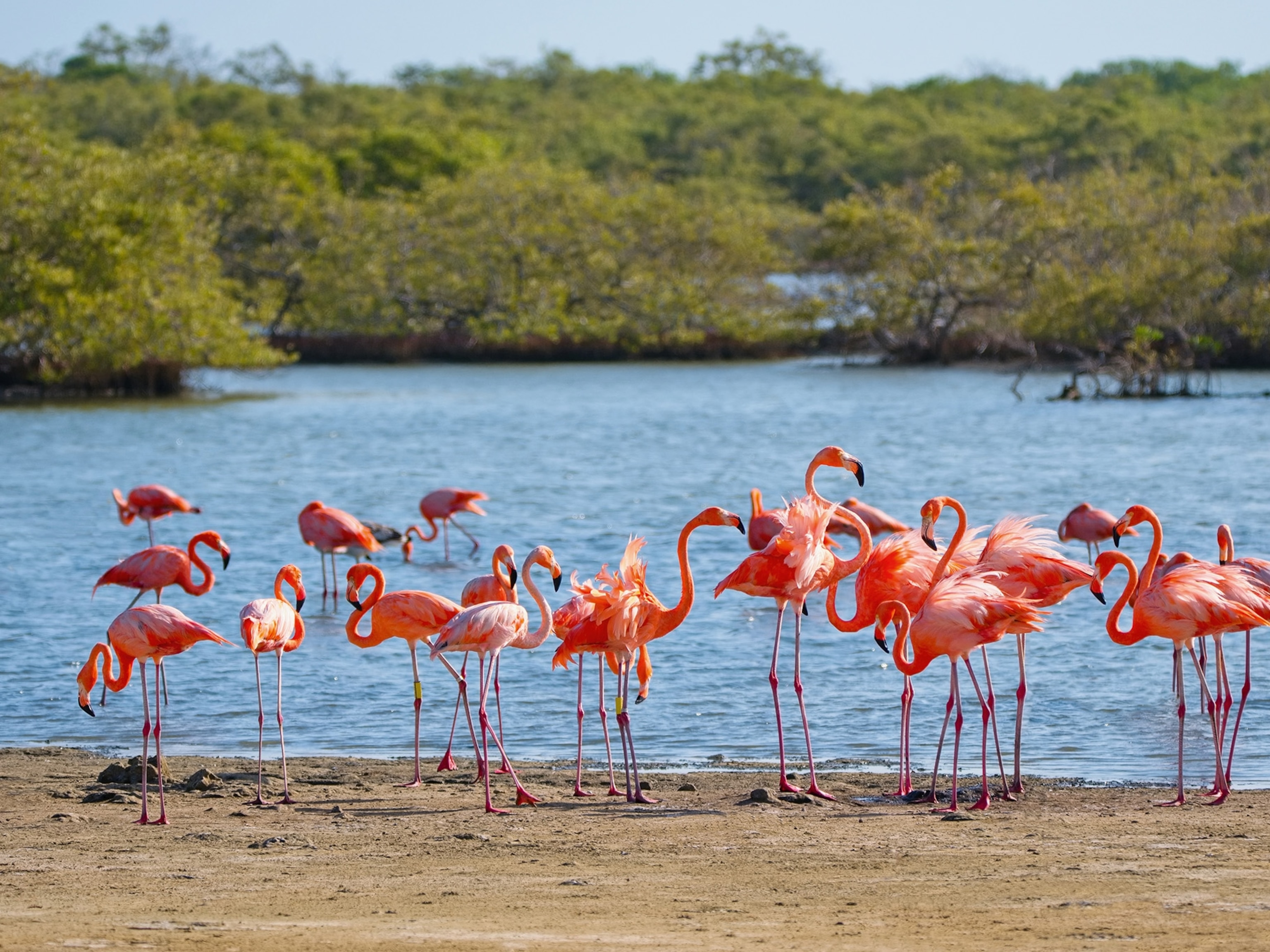
These 8 Bird Species Have Disappeared This Decade
The pace of bird extinction is picking up as their habitats vanish.
When a species is whittled down to just a few, the world watches anxiously as the last member perishes. Such was the case with Sudan, the last male northern white rhino that died earlier this summer.
However, a new study published today in the journal Biological Conservation found that eight rare bird species may have already quietly disappeared.
Funded by the non-profit BirdLife International, the eight-year study statisticaly analyzed 51 critically endangered bird species and found that eight could likely be classified as extinct or very close to extinction: They found that three are extinct, one is extinct in the wild, and four are precipitately close to extinction if not already gone.
One species, the Spix's Macaw, was featured in the 2011 animated film “Rio,” which tells the story of a captive Spix Macaw mating with the last known wild member of its species. By the study's conclusions, the film was a decade late. They estimate that the last wild Spix's Macaw perished in 2000, and around 70 exist in captivity.
The International Union for the Conservation of Nature (IUCN) is a global database that tracks animal populations, and Birdlife International, which frequently provides assessments to the IUCN, is recommending that three bird species be formally classified as extinct: the Brazilian cryptic treehunter, last seen in 2007; the Brazilian alagoas foliage-gleaner, last seen in 2011; and the Hawaiian black-faced honeycreeper, last seen in 2004.

Since they began keeping records, the study's authors estimate that a total of 187 species have gone extinct. Historically, species living on islands have been the most vulnerable. Just under half of extinctions the authors categorized were caused by invasive species, which can take hold more aggressively on islands. Nearly 30 percent of extinctions, they found, have been caused by hunting and trapping for the exotic pet trade.
But conservationists are concerned that deforestation from unsustainable logging and agriculture will be the next extinction driver.
“Our results confirm that there is a growing wave of extinctions sweeping across the continents, driven mainly by habitat loss and degradation from unsustainable agriculture and logging,” lead author and BirdLife Chief Scientist Stuart Butchart said in a press release.
In the Amazon, where many of these species were once abundant, deforestation is a growing concern. The World Wildlife Fund estimates that more than 17 million hectares of forest were lost between 2001 and 2012. An editorial published last March in Science Advances found that the Amazon is reaching an ecological tipping point—if 40 percent of the region is deforested, scientists say the ecosystem will be irreversibly altered.
Luisa Arnedo, a biologist and senior programs officer for the National Geographic Society, explained that birds can be especially susceptible to extinction when they face habitat loss because they live in ecological niches, eating only a specific prey or making nests in specific trees.
“As soon as the habitat is gone, they're gone too,” she says.
Fewer bird species could exacerbate deforestation issues, she adds. Many birds serve as seed dispersers and pollinators and can help bring deforested areas back to life.
BirdLife says more research needs to be done to confirm with 100 percent certainty that the four species they say are highly likely to be extinct are in fact gone, but none have been seen in the wild since before 2001. While rare, animals once classified as extinct have seemingly come back from the dead.
Last year, the Vanzolini bald-faced saki monkey was seen alive 80 years after scientists thought it went extinct, making it a rare conservation victory in the vast Amazon rainforest.





